Connecting the oven and hob to the mains

Everyone wants the most advanced and convenient appliances to be installed in the kitchen, which will greatly simplify the process of cooking and allow you to do it as quickly as possible. Every day, more and more advanced models of hobs and ovens appear on the market, which differ in unique functionality. However, the connection of such equipment requires special skills and knowledge, so you need to be extremely careful during the installation process.

Fundamental rules
In order not to doubt the strength and durability of the connection being made, you need to know how to correctly install an electric stove or oven. Among the points worth paying attention to, there are several priority ones.
- The hob must only be installed in the presence of a protective earth. You can determine its presence using the usual counting of contacts on the plug, of which there must be an odd number. For example, if such kitchen appliances are connected to a 220V network, then the number of contacts will be 3, and for a three-phase network of 380V - 5. If the installation takes place in old apartments, then grounding is not always provided there, therefore, before installation, you will have to additionally lay a separate cable and connect it to the public network.
- If the power consumption of the equipment used is no more than 3.5 kW, then it will be necessary to separately lay the power cable... The fact is that in modern apartments, standard wiring is usually used, which is not able to withstand such a voltage. This can lead to overheating and a fire hazard.
- If a separate cable is laid, then it is not recommended to overload it with other electrical devices.... The ideal solution is to install an automatic circuit protection.
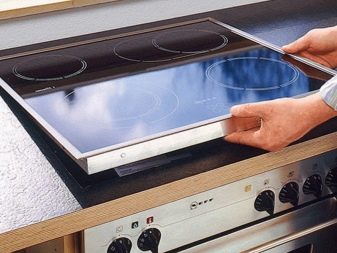



Choice of cable and machine
In order for the selected oven to be able to fully function, you need to choose the right cable that will cope with providing the device with electricity. If you are using a device with a power not exceeding 3.5 kW, then you can choose a regular 3-core cable.
The oven must be connected exclusively through a separate automatic transmission, which can be located on the switchboard or must be in direct proximity to the electrical appliance. If the apartment is under renovation, then you can gouge the walls and run a separate cable.
And if the repair has already been completed, then the cable can be laid in a plastic channel so as not to spoil the appearance of the interior.

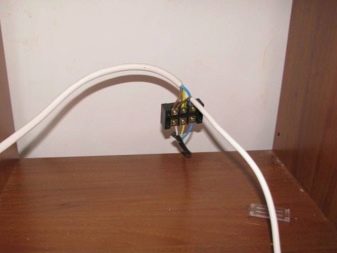
After choosing the cable, you can select the most optimal sockets. By the method of installation, they are divided into 2 types.
- External, installation of which is carried out on the plane of the wall. A distinctive advantage of such models is the convenience of their use, since the laying is made by an open method. In addition, such outlets are the only solution for rooms with high levels of humidity, as they provide an excellent level of security. There are special models on the market that are distinguished by a high degree of protection against moisture and dust.
- Internal, the installation of which takes place in special socket boxes.Such outlets are extremely popular in brick houses, and are also the only solution for walls finished with plasterboard.
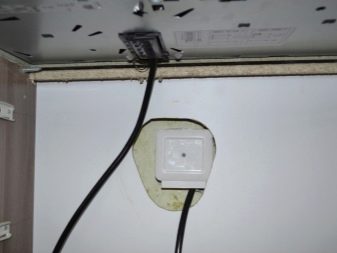
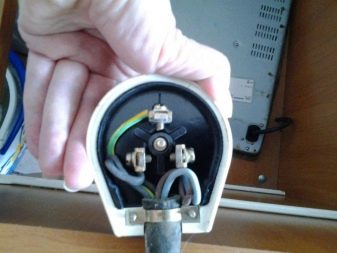
You can connect the cable to the plug and socket in the following ways.
- The core must be freed from the insulation by 0.5 cm and tightened with a screw.
- Cleaning the conductor from insulation by 1.5 cm and its further pressing. This method is considered the most suitable, as it provides a wider area of contact.
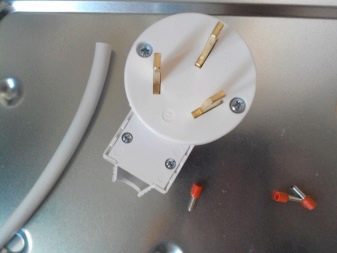

If the cable core contains a large number of fine wires, it will need to be processed with a soldering iron or brass tube. As for the outlet, it must be mounted a short distance from the stove, but at the same time it is worth taking care that no liquid gets on it during the cooking process.
You should not install this element in hard-to-reach places, as in case of breakdown this will make it difficult to access it.


Wiring methods
The wires for the electric oven or hob can be routed separately. If you plan to carry out all the work with your own hands, then it is better to take care of the safety rules and strictly follow the established standards. If the oven and hob consume too much electricity, then each element will need to be connected to a separate wire. It is recommended that you use the same cables and plugs, which will greatly simplify the connection process. If necessary, run the cable along the walls, they can be hidden using a special box.
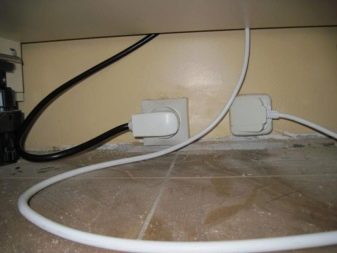

Scheme
The correct connection of the built-in oven and hob must be carried out solely in accordance with building codes. According to them, the connection can only be made radially. This means that the power to the hob must be supplied with a separate cable, which will be directly connected to the switchboard. In no case should you connect other household appliances and appliances to this cable.
As for the connection diagram of these devices in modern apartments, it usually includes the use of one phase at 220V. If we are talking about a private house, then the installation of a three-phase system would be a more rational solution here, due to which, when the burners are operating, the load will be evenly distributed over three phases at once.

Some experts advise, for a safer and more even distribution of the load, to mount the laugh in two phases, zero and ground.
Connectivity technology
Installation of an electric oven and hob is an extremely demanding process that requires special skills and knowledge. The connection technology is as follows. First of all, you need to check under what voltage the household device will work and study the instructions from the manufacturer - they usually recommend how best to connect.
The user's manual for any modern electric stove includes information on how to connect the device. Depending on its type, hobs can be installed to 220V and 380V networks, but the oven can only be installed at 220V. The terminal block is mounted with jumpers at the factory, which greatly simplifies the connection process.
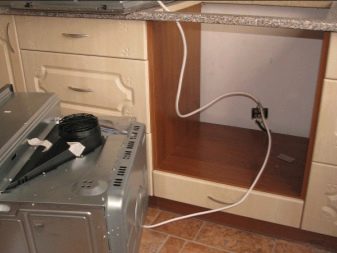

Now you can install the machine in an electrical panel, from which a separate cable will be laid in the future. The amperage is usually calculated according to the load. The most difficult thing is to install the hob, which will require tools such as a drill, jigsaw, screwdriver, knife and calculating tools.
Competent installation of an electric stove includes the following steps.
- Marking the hole for the device. Using a ruler, you will need to measure the length and width of the hob in order to properly install it in place. The most optimal way to measure is to use a special template that can be made from ordinary cardboard.Some models of plates in their configuration contain a similar template.
- Niche creation. For this purpose, you can use drills with a diameter of at least 10 mm. As for the type of drill, it all depends on the material of the base of the furniture. It is best to choose drills designed for woodworking.

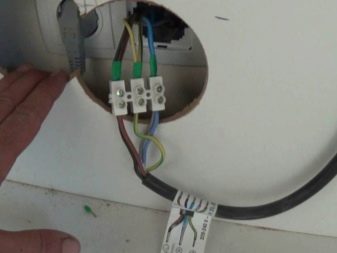
When self-installing the hob, you will need the simplest knowledge in the field of electrical engineering. First of all, you need to understand the design features of the device and take into account all the manufacturer's recommendations during the installation process. The hob, regardless of its type, must be connected using a four-core cable. You need to be most careful with an induction hob, which has its own distinctive features.
- In advance, you should prepare the tools and materials that will be needed for the installation of the device.
- The connection process itself must be started with an electrical line from the distribution box, and then proceed to the installation of a socket box. In order for everything to go at the highest level, you need to correctly select the height.
- At the next stage, you will need to bring the cable to the shield, for which you should definitely use a circuit breaker. Also, we must not forget about the ground loops, which are one of the most important elements.
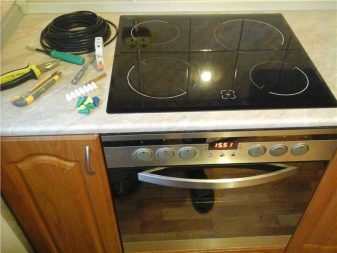
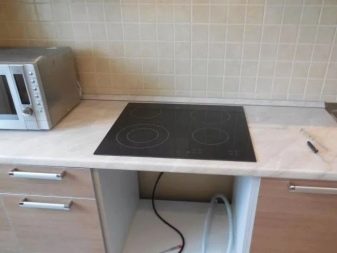
If the hob is installed in a single-phase 220V network, then it is recommended to use copper jumpers or choose options made of brass. Before connecting the device, it is best to draw a circuit that will meet certain conditions. Independent built-in models are much easier to connect to electricity than solid ones.
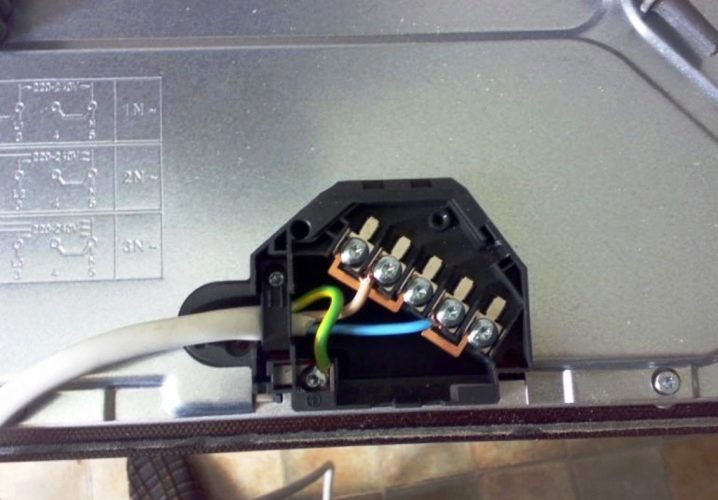
Important! When connecting an induction hob, it is imperative to observe the pairing of wires - failure to observe this rule may cause a fire.
Thus, the process of connecting the oven and hob includes many nuances and rules, the adherence to which guarantees the correct operation of the appliance and safety during its use. The most important thing when connecting to the mains is to choose the right cables with the required cross-section, properly lay them and install only a high-quality machine.
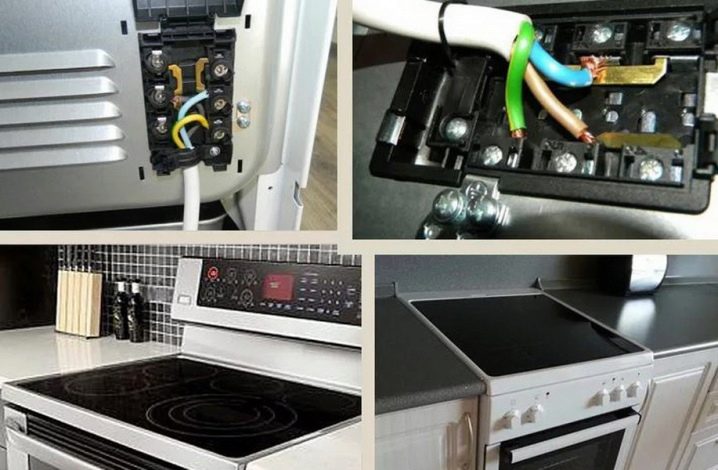
For information on how to properly connect the oven and hob to the mains, see the following video.













The comment was sent successfully.